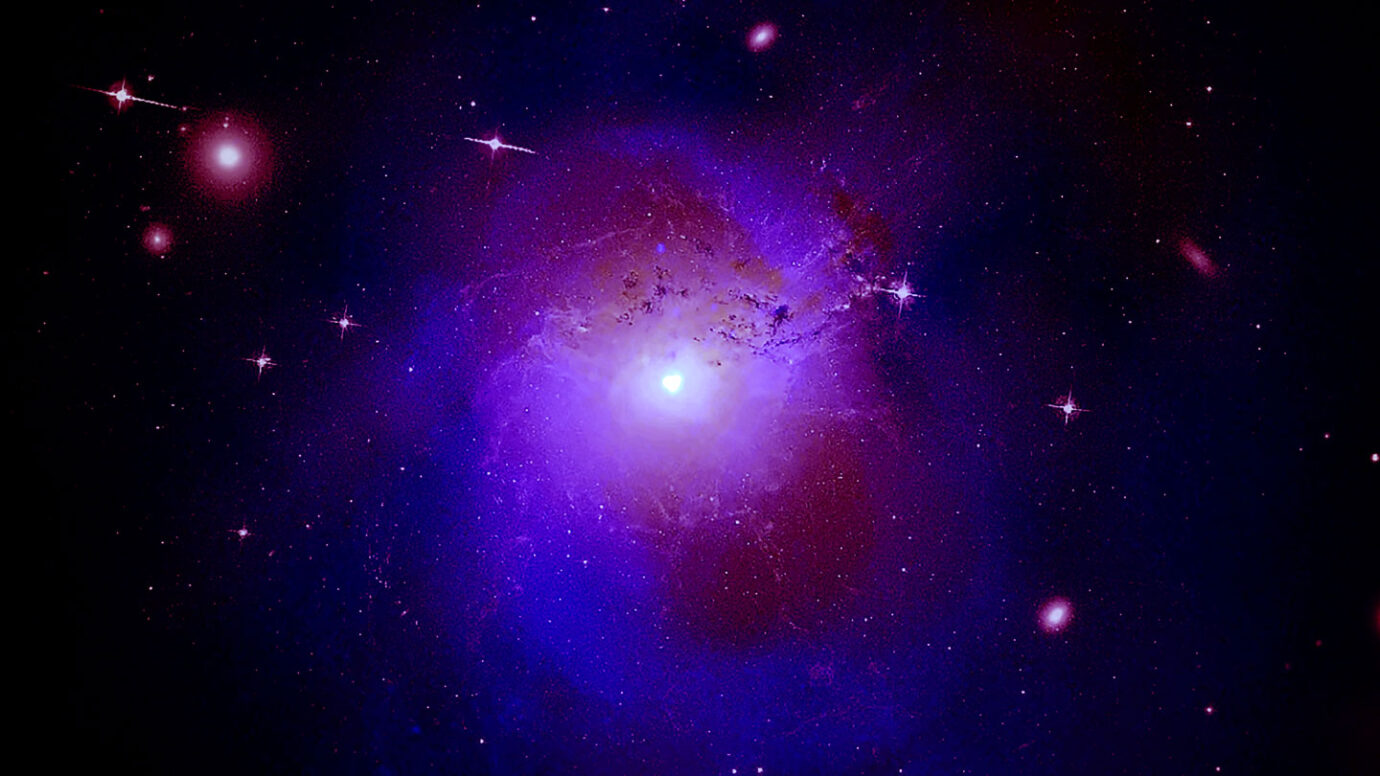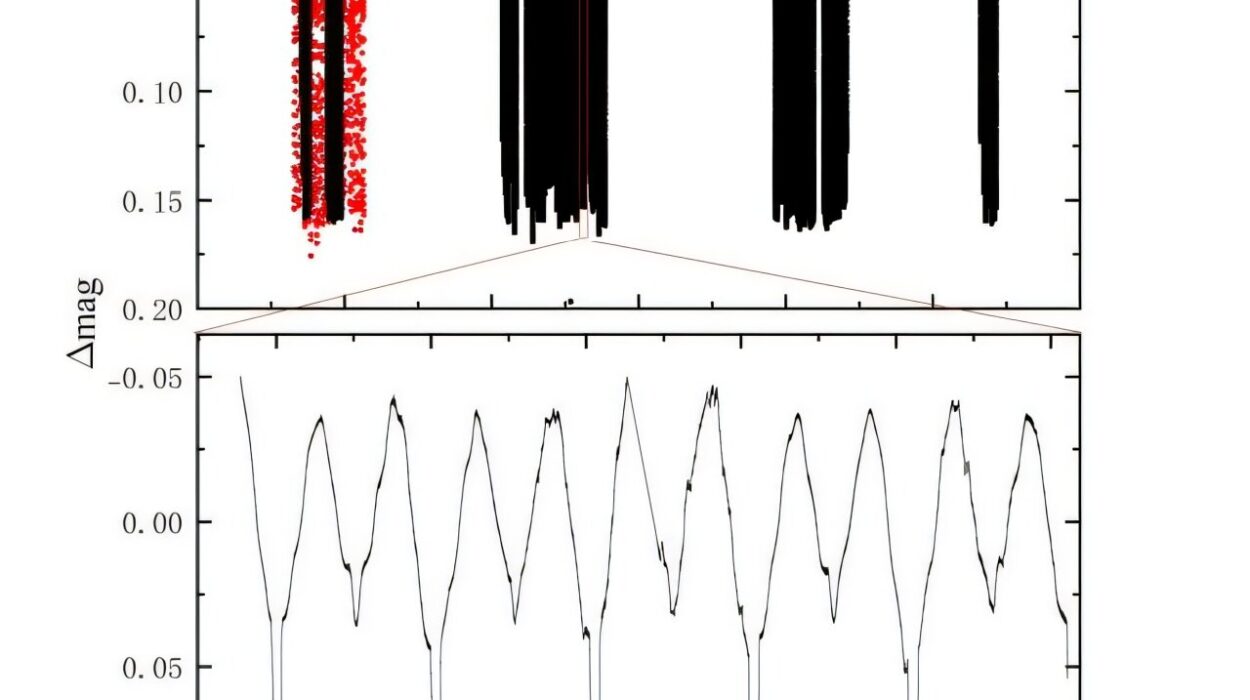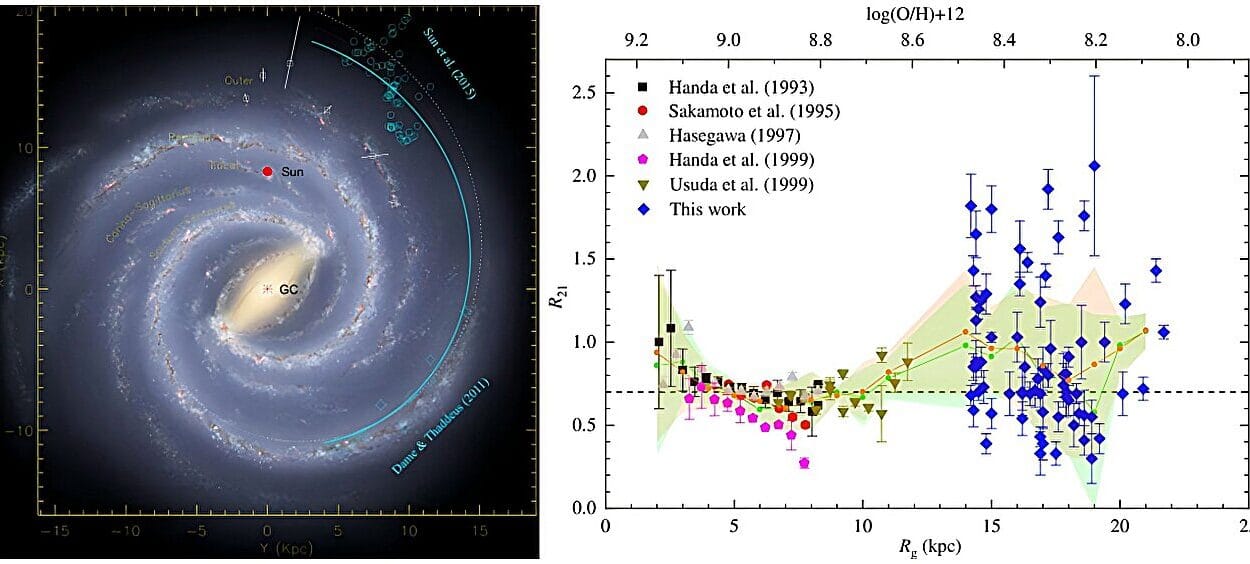There is a haunting secret hidden in the fabric of the cosmos. A mystery so profound that it challenges the very idea of reality and forces us to confront the limits of human understanding. Look up at the night sky—the galaxies swirling across the heavens, the stars shimmering like ancient jewels, the planets gliding through darkness. They seem to fill the universe with brilliance. Yet appearances deceive.
All of that—every star, every planet, every cloud of gas—is almost nothing.
Only about 15 percent of the matter in the universe is made of the familiar atoms that build our bodies, our world, and the stars above. The rest, a staggering 85 percent, is something else entirely—invisible, undetectable, and profoundly mysterious. It does not glow, does not absorb light, does not reflect it. It passes through stars, planets, and even us without a trace. And yet it exerts a gravitational pull so powerful it holds galaxies together and shapes the architecture of the cosmos.
Physicists call it dark matter. A name that is poetic, yet painfully insufficient. Because this substance is not simply dark—it is hidden, shadowed behind a veil of cosmic ignorance, a presence known only by its fingerprints on the universe.
More than a century after its first hints, we still do not know what dark matter is. But we know it is there. Without it, galaxies would tear themselves apart, stars would fly into the abyss, and we—creatures of atoms and light—would never exist. The search to uncover this invisible mass is one of the most ambitious scientific quests in history. It is a pursuit driven not only by logic, but by awe, humility, and a yearning to understand our place in a universe built on shadows.
This is the story of that invisible cosmos, and of humanity’s struggle to illuminate it.
Seeing the Unseeable
If dark matter cannot be observed, how do we know it exists? The answer lies in the behavior of galaxies, which obey a cosmic choreography that defies Newton’s laws unless something unseen is guiding them. In the early 20th century, astronomers assumed galaxies behaved like our solar system—objects closer to the center orbit faster, while outer objects drift slowly.
But in the 1970s, American astronomer Vera Rubin made a startling discovery. She measured the rotation of stars around the centers of galaxies and found something impossible: stars on the outer edges were moving just as fast as those near the center. According to physics, they should have flown off into space, as if slung from a spinning wheel.
They did not. They held their course, bound by an unseen force.
The only explanation was that galaxies contain far more mass than we can see—vast halos of invisible matter extending beyond the reach of light. The stars were not moving too fast; they were moving through a much deeper gravitational well than visible matter alone could create.
Rubin’s quiet revolution reshaped cosmology forever. She did not seek fame; she sought truth. And in doing so, she opened a window to a universe larger, darker, and stranger than anyone imagined.
A Hidden Architect of the Cosmos
Dark matter does more than influence galaxies—it built them. Without it, the universe would be a cold mist of hydrogen and helium, expanding forever without forming stars or planets. The universe, as we know it, exists because dark matter gathered first.
Moments after the Big Bang, when the universe was a hot soup of particles, dark matter did something crucial: it clumped. While ordinary matter was scattered by radiation and heated gases, dark matter—immune to light—began collapsing under its own gravity, forming invisible scaffolding throughout space.
These concentrations became the seeds around which galaxies formed. Normal matter fell into these dark wells, cooled, and eventually ignited into stars. In a profound sense, every galaxy is wrapped around a skeleton of darkness.
We are here because dark matter shaped the cosmos. We owe our existence to something we cannot see, touch, or measure directly. This is the humbling magic of the universe—its most powerful forces often lie beyond sight.
What Dark Matter Is Not
To understand dark matter, scientists first had to eliminate the obvious mistakes. Could it simply be faint stars, cold gas, or black holes we have not detected? Could it be dust, or dead stars, or some exotic form of normal matter?
All of these ideas have been tested and rejected.
If dark matter were ordinary matter, it would interact with light—it would glow, absorb, scatter, or heat. It does none of these things. Observations of the cosmic microwave background radiation—the afterglow of the Big Bang—confirm that dark matter cannot be made of the same particles as atoms. It must be something fundamentally different, something outside the Standard Model of particle physics.
The universe, it seems, hides its deepest truths in unfamiliar forms.
Candidates from the Frontier of Physics
If dark matter is not ordinary matter, what could it be? Physicists have proposed a gallery of potential particles, each stranger than the last.
One possibility is WIMPs—Weakly Interacting Massive Particles. These hypothetical particles have mass, exert gravity, and rarely interact with normal matter. For decades, detectors deep underground have waited for a WIMP to collide with an atomic nucleus. None have been found.
Another candidate is axions, hypothetical ultra-light particles that may fill space like a gentle cosmic mist. Experiments using strong magnetic fields attempt to coax axions into revealing themselves as photons of light. So far, the universe remains silent.
There are also theories involving sterile neutrinos, super-symmetric particles, and exotic states of quantum fields. Each possibility opens a doorway to new physics—yet none have confirmed themselves.
Some physicists even question whether dark matter exists at all, and instead propose modifying the laws of gravity. But such modified gravity theories struggle to explain the full scope of cosmological data.
Dark matter is there. We feel its pull. We see its influence. And yet, like a ghost, it refuses to enter the light.
The Ghosts in the Machine
Imagine trying to study something that slips through your hand, passes through your body, and leaves no mark. That is what makes dark matter so challenging. It is not just invisible—it is nearly intangible. Trillions of dark matter particles may pass through you every second, unnoticed.
And yet, the universe depends on them.
Our best detectors are placed in deep mines and mountains, shielded from cosmic rays and noise. They are filled with liquid xenon or germanium crystals, waiting for an extremely rare collision. When a particle of dark matter strikes a nucleus, it should produce a faint flash or vibration. But the silence has been deafening. No unmistakable signal has emerged.
Still, humanity persists, driven by curiosity and the belief that the universe is meant to be understood—even if it takes generations to comprehend.
The Shadows in the Sky
Dark matter reveals itself not in laboratories, but on cosmic scales. The vast filaments connecting galaxy clusters, the swirling gas around black holes, the distribution of galaxies in the universe—all obey the gravitational whispers of dark matter. Light itself bends around invisible masses through gravitational lensing, allowing astronomers to map dark matter like detectives tracking footprints.
We observe distant galaxies distorted into arcs and halos by unseen forces. We watch stars move in patterns dictated by gravity they cannot see. In every direction, the cosmos points to a hidden layer.
The universe is speaking. It is we who are learning to hear.
Dark Matter and the Human Story
At first glance, dark matter seems remote from everyday life. Yet its existence is a reminder of something deeply human: humility. We once believed Earth was the center of the cosmos. Then we believed the Sun was. Then the Milky Way. Each step, science humbled us, reminding us that existence is far grander and stranger than we dreamed.
Dark matter continues that tradition. It whispers: You do not yet know everything. The universe is larger than imagination.
And there is beauty in that humility. It keeps us reaching, questioning, striving. Without mystery, there is no exploration. Without the unknown, there is no wonder.
Why the Mystery Matters
Some might ask: why seek what we cannot see? Why chase particles that hide in darkness? But the search for dark matter is not a luxury of curiosity—it is a necessity.
To understand dark matter is to understand the universe’s birth, its fate, and the laws that govern everything. It could unlock new physics, reveal extra dimensions, or expose hidden symmetries of nature. It could illuminate the true architecture of space and time.
Science is not only about answers—it is about the journey toward them. Every great discovery begins with a question that seems impossible.
And dark matter may be the greatest question of all.
A Future Written in Darkness
Humanity stands on the edge of discovery. New detectors, new telescopes, and new theories are emerging. The next few decades may reveal the nature of dark matter—or deepen the mystery further. Scientists look to the faintest signals, from cosmic rays to gravitational waves, from particle colliders to the quiet depths of Earth’s caverns.
We do not know what we will find. But we know that discovery lies ahead.
The universe has hidden its secrets well. But humanity is persistent. We have unraveled atoms, decoded genomes, walked on the Moon. And one day, we will pull dark matter from shadow into light.
A Universe of Wonder
The fact that 85 percent of the universe is invisible is not a failure of science—it is a triumph of curiosity. It is proof that reality is richer than our senses can perceive. It reminds us that existence is not limited to what we see.
The cosmos does not exist for our convenience. It is a realm of elegance and enigma, where light dances around darkness and gravity binds worlds we cannot comprehend. Dark matter is not merely hidden matter—it is a symbol of humanity’s greatest quest: to reveal truth in a universe that guards it fiercely.
We are creatures of starlight, searching for the unseen. We are minds born from matter we barely understand. And in this quest lies our greatest strength—the courage to question the unknown.
Dark matter is the universe’s silent partner, its invisible foundation, its secret heart. To uncover it is to take one step closer to understanding everything.
Until then, the stars shine, galaxies whirl, and the universe continues its quiet symphony—played on strings of light and shadow, sung in frequencies our ears cannot hear, shaped by matter we cannot see.
And humanity listens, ever hopeful, standing in awe beneath the silent sky, knowing that what we see is only a fraction of what truly exists.






